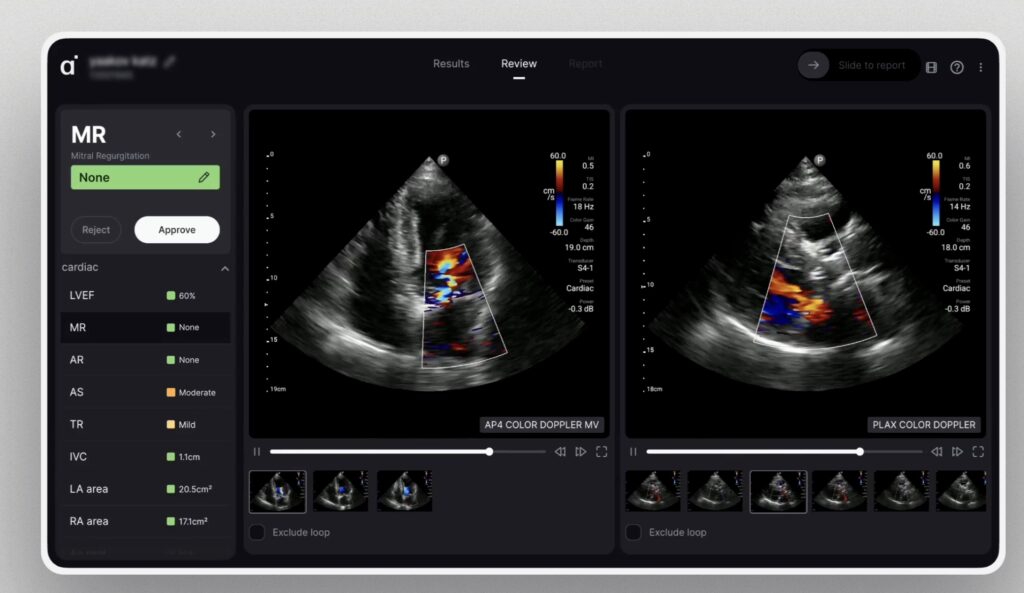
What You Should Know:
– AISAP, a medical technology company specializing in AI-powered point-of-care assisted diagnosis (POCAD) solutions, announced today that it has received FDA 510(k) clearance for its groundbreaking CARDIO software platform.
– AISAP CARDIO is a cloud-based software package that combines four computer-assisted diagnosis (CADx) modules for valvular pathologies and eight key measurements into a single, user-friendly platform.
Point-of-Care Ultrasound
Designed to empower clinicians with basic scanning skills, CARDIO can accurately diagnose up to 90% of the most common cardiac structural and functional parameters within minutes. Key features and benefits of the platform include:
- Comprehensive cardiac assessment: CARDIO provides accurate assessments of valvular pathology, left ventricle ejection fraction (LVEF), right and left ventricular dimensions, right ventricular fractional area change (RV FAC), atrial areas, ascending aorta diameter, and inferior vena cava (IVC) diameter.
- Enhanced clinician performance: Studies have demonstrated that using CARDIO can improve clinician performance and accuracy in interpreting point-of-care echocardiograms.
- Scalability and integration: CARDIO is a vendor-agnostic solution that seamlessly integrates into existing EHR/EMR and PACS systems, making it easy to adopt in various healthcare settings.
- Improved patient care: By providing accurate and timely diagnoses, CARDIO can help clinicians make informed care decisions and improve patient outcomes.
“AISAP CARDIO has the potential to be a game-changer in the world of point-of-care ultrasound,” said Smadar Kort, MD, system director of Non Invasive Cardiac Imaging, Stony Brook Medicine, and past governor of the American College of Cardiology. “We know that structural heart disease and heart failure are the leading causes of hospitalization and morbidity in the U.S. Enabling a wide variety of qualified physicians to quickly and accurately diagnose these conditions at the bedside could lead to earlier detection and treatment, and better patient outcomes, as well as greater efficiencies and cost savings to health systems, while ultimately saving countless lives.”

